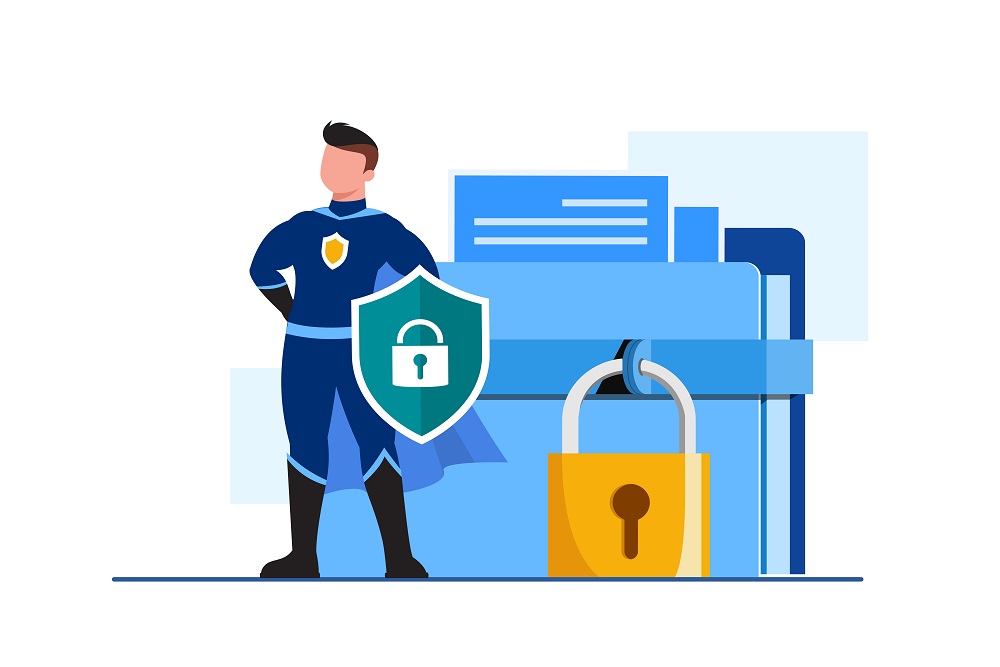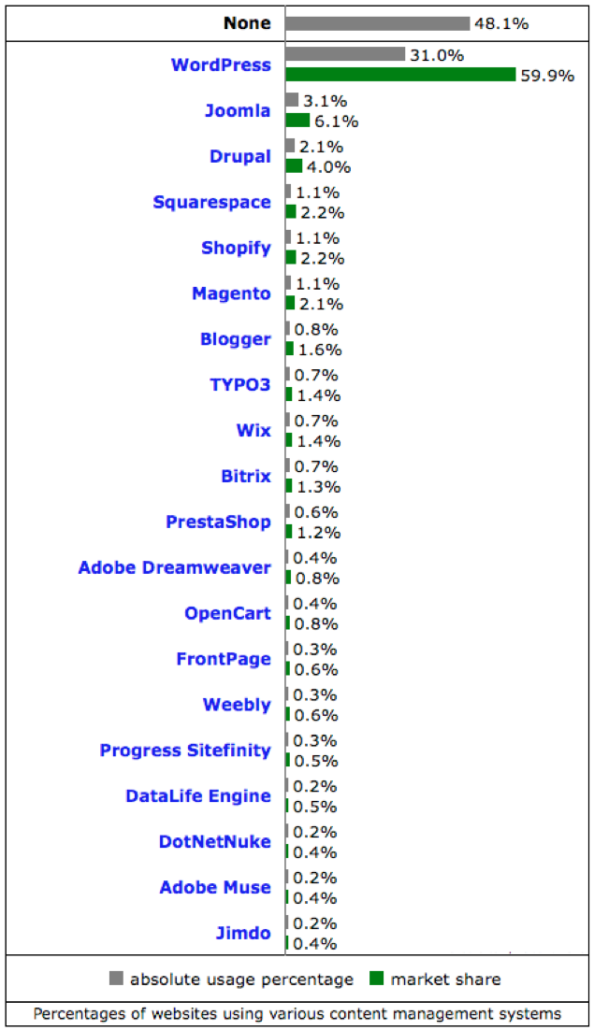Build Trust by Securing Your Small Business Website in 2022
In today’s era, the internet plays a vital role in almost every industrial sector, large or small enterprises. In the business world, connecting, gaining trust and effectively communicating with existing and new customers or marketers is essential. There are many ways to effectively communicate traits like credibility, trust, and reliability to your potential shoppers. To achieve this, make sure that your site visually, emotionally, and psychologically delivers why a customer would believe and purchase from your business. Earlier, large corporations and government agencies worried about hackers and cybercriminals, but now even small businesses are threatened.
The research study shows that anywhere from nearly one-half to two-thirds of all small business websites are targeted by cyber attacks, as they are the softest targets and easy preferences. According to the market experts, it is time to think about website security for small businesses, as they are a potential target.
Website Security – A Priority for Small Businesses
Web platforms like Drupal and WordPress can simplify managing your website and online content. For a small business, an inactive or outdated site can be a huge liability. However, not having a website security action plan and response strategy in place can cause a dilemma, time, money, customers and even your livelihood. Since every business has its uniqueness and selling point, management issues can range from minor content problems to major security flaws, depending on your experience with web design and development.
Creating a company website has become easier than ever for business owners, but building a secure site that will protect user data and financial information is not simple. Whether you have created the best website design and development for marketing purposes or e-commerce transactions, prioritizing website security provides secure browsing and a better overall user experience for visitors. It also builds trust, which contributes to a loyal customer relationship. Nowadays, hackers have become more sophisticated in hijacking and infiltrating small business websites using automation tools to highlight which sites are most vulnerable. As a result, with the rise of hacking the website using the list of techniques, hackers are becoming savvier, and it is a call for small business owners to take website security seriously.
Benefits to Enhance Your Small Business Website Security
As each small business develops their website differently, it is critical for business owners to ensure their website is secure and remains trustworthy for the customers. It is not important to understand every technical aspect that comes in a way to build a secure and the best website design and development. All you need to know is how to protect your website and get it installed or set up. However, if you are operating a small business and think securing your website will be expensive, then here are a few reasons why tech safety for your website is so essential for your business operation.
Protect your data and enhance SEO
A web hosting company plays a vital role in keeping your business website safe and secure, as it adequately maintains your company servers. Another step is adding an SSL certificate that marks your website as secure and improves your SEO. It is one of the factors that Google considers while ranking the website in the search result. Web Application Firewall (WAF) and DDos also help improve your SEO efforts. These security tools prevent malicious bots and swarms from blocking good traffic to your site. One of the most important reasons for adding SSL and DDoS is when a customer sees the padlock symbol in front of your URL. They are confident that any data they enter is protected. As a result, customers are more likely to stay and purchase, resulting in revenue growth.
Update yourself with cybersecurity trends
Whether you are operating a large enterprise or a small business, it is always advised to keep you and your system updated with the latest trends related to technology or cybersecurity. Staying up-to-date with the challenges companies are facing with cybersecurity and technology keeps you a step ahead of your competitors. It also builds trust with your visitors by providing them with a website that’s mindful of the cybersecurity threats and implements ways to fight them. Creating a cybersecurity plan may sound complicated, but having a proactive small business cybersecurity plan is vital for small businesses to protect their website, IT systems, and sensitive information from security threats.
Manage your credentials
For cybercrimes, passwords are one of the easiest ways to decode and hack your and customers’ confidential data. While putting a password, it is always recommended to use a strong password to prevent hackers from holding your customers’ personal information and private business data for web hosting services and website builders. Above all, it urges a combination of numbers, letters, and symbols to craft a unique password every time.
Prioritize Website Security Today
A secure website experience for your visitors could be the difference between a thriving business operation and one on the verge of closing its doors. Website security has become an essential part of small businesses because hackers have become more sophisticated in their hacking techniques, less concerned with how much money your business is making. They are more concerned with how accessible your business and customer information is to them.
Do not let a data breach be why you finally prioritize website security. To make your small business website more secure, invest in some of the above cybersecurity solutions and ensure your small business is ready to offer a protected online experience.









